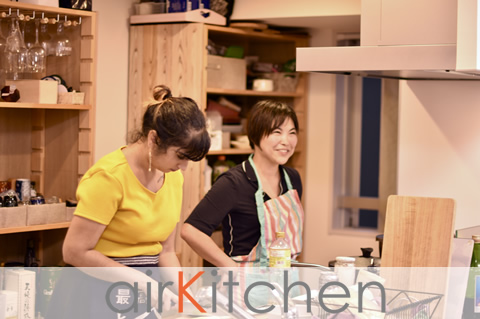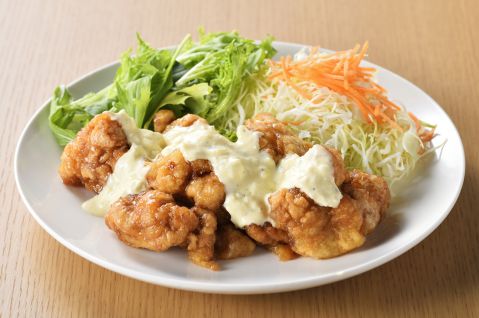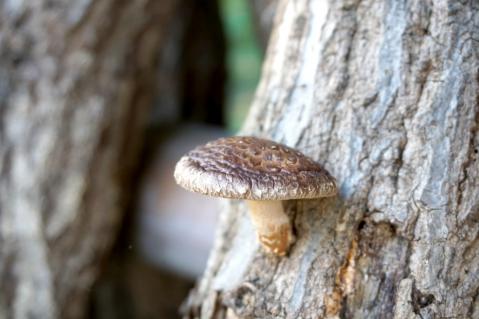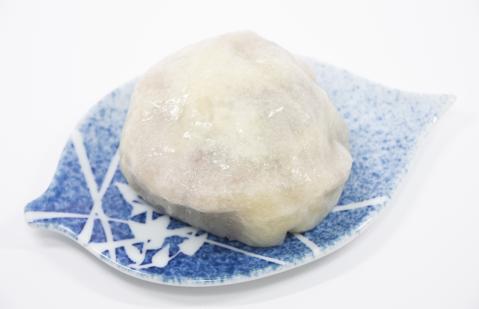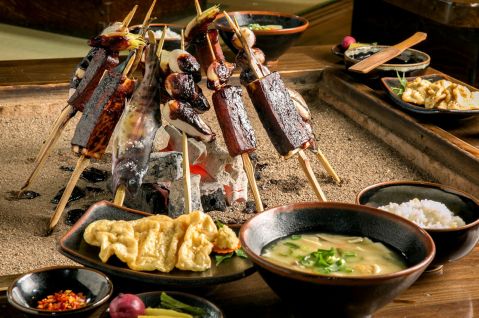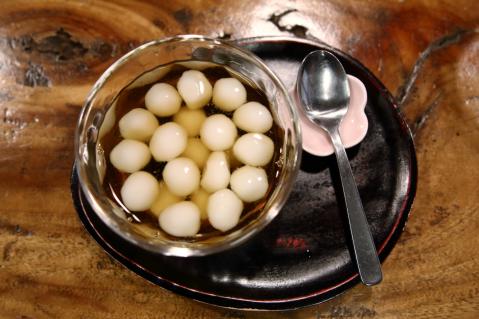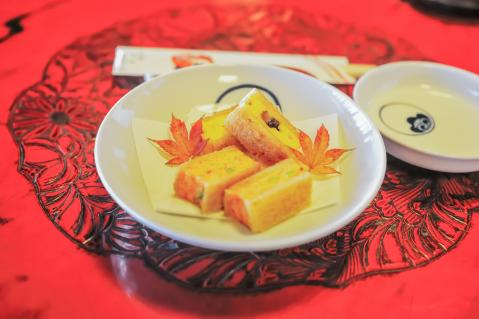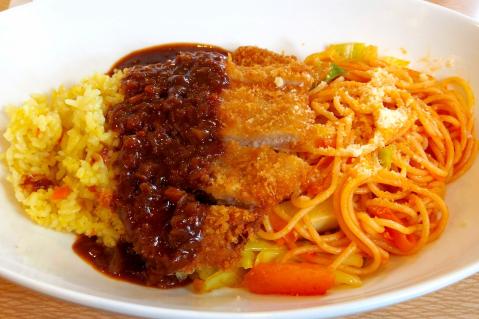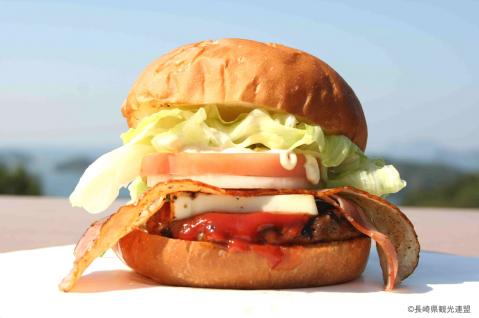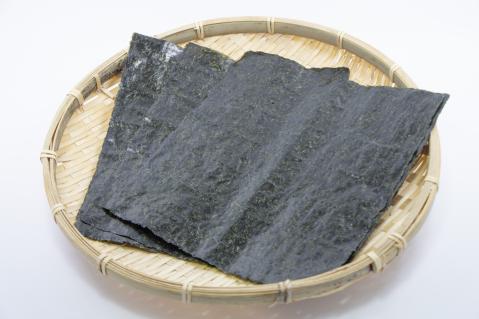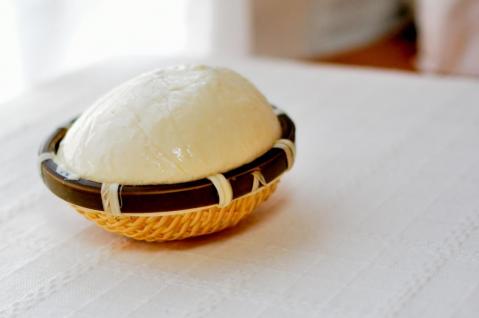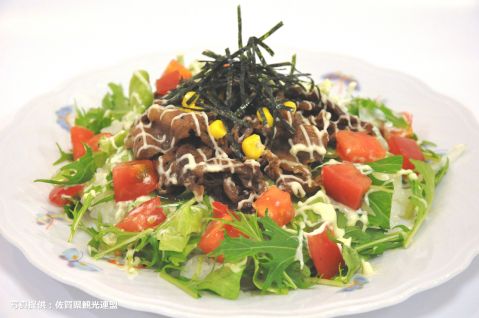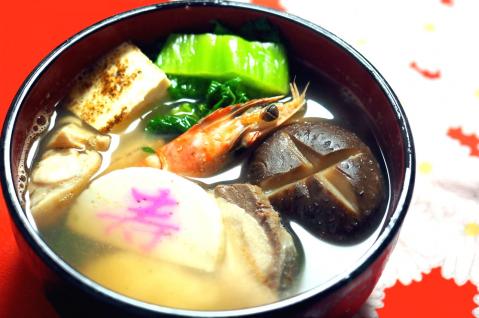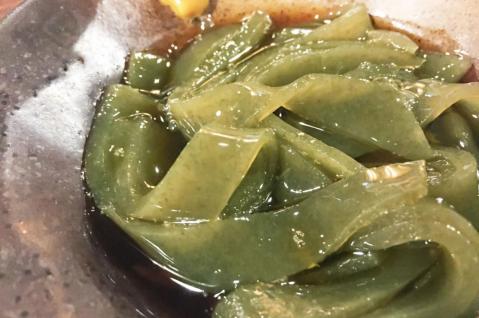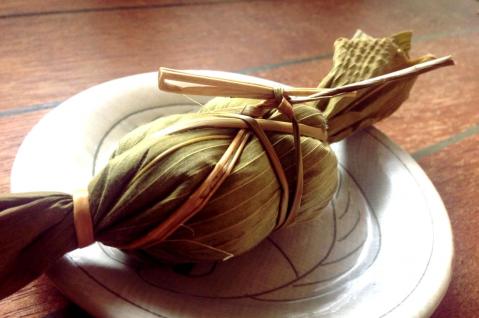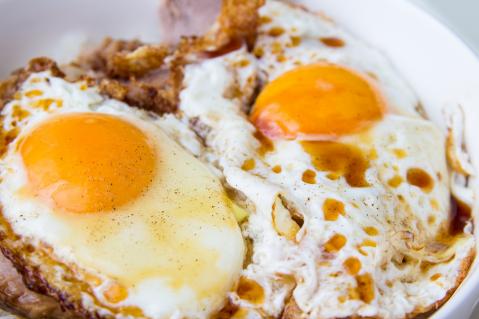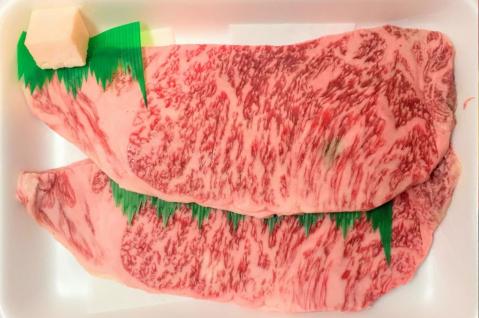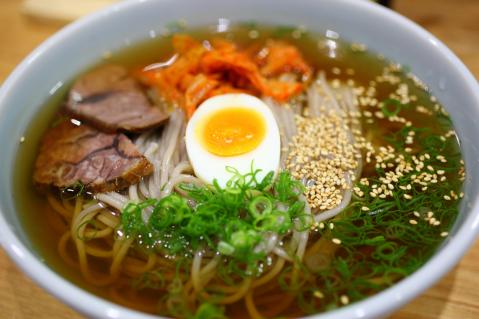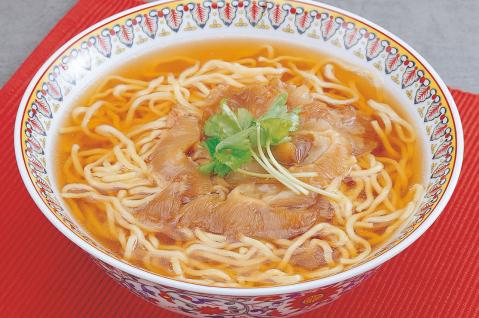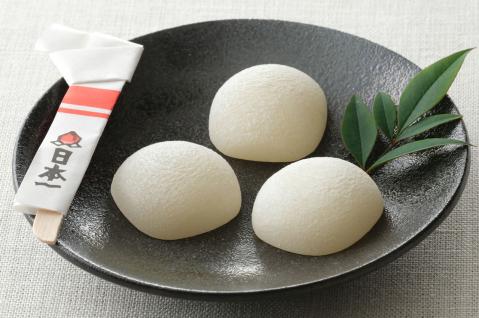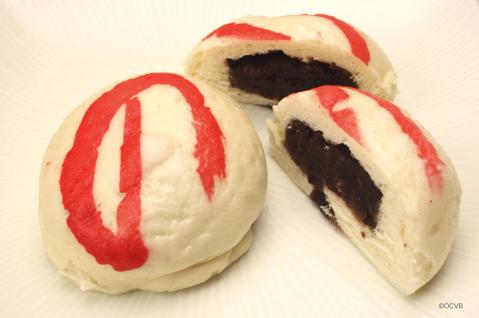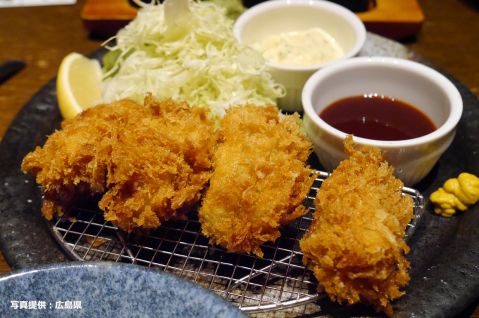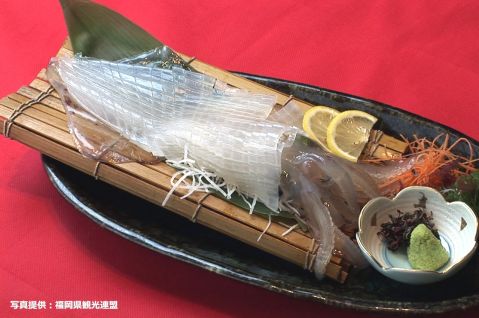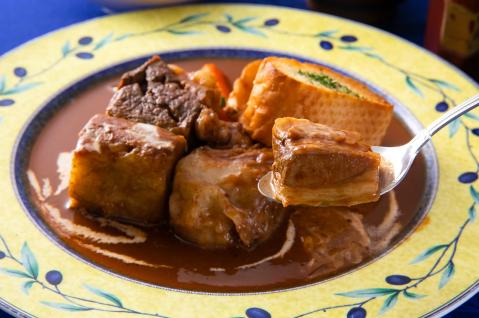Japanese Cuisine - Local cuisine
Cooking Classes in Japan
airKitchen allows travelers from all around the world to book and experience authentic cooking classes. Chose your best cooking class from 1000+ classes.
Chicken Nanban
Chicken Nanban (チキン南蛮, Chikin nanban) is a renowned local specialty that’s loved across Japan. This dish features crispy, deep-fried chicken coated in a flavorful sweet ...
Log-Grown Shiitake Mushrooms
Log-Grown Shiitake Mushrooms (原木椎茸, Genboku Shiitake) from Kumamoto Prefecture are cultivated using carefully prepared logs, such as oak, where shiitake spores are implanted...
Ikinari Dango
Ikinari Dango (いきなり団子) is a classic sweet from Kumamoto, made by steaming dough filled with sliced sweet potato and sweet red bean paste. The slightly salted, chewy doug...
Takamori Dengaku
Dengaku (高森田楽, Takamori Dengaku) is a traditional Japanese dish with a history spanning 700 to 800 years, rooted in the culture of Takamori. What makes it unique is the s...
Karashi Renkon
Karashi Renkon (からし蓮根, karashi renkon) is a unique dish from Kumamoto Prefecture, cherished for its crisp lotus root texture and the sharp spiciness of karashi miso that ti...
Kanzarashi
Kanzarashi (かんざらし) is a simple yet beloved traditional dish from Shimabara. It features small rice flour dumplings, boiled and then chilled in the region's fresh spring wat...
Turkish Rice
Turkish Rice (トルコライス, Toruko raisu) is a beloved specialty of Nagasaki, featuring a satisfying combination of dry curry (or sometimes pilaf or fried rice), a breaded pork ...
Sasebo Burger
Sasebo Burger (佐世保バーガー, Sasebo bāgā) has its origins back in the 1950s when American Navy personnel stationed in Japan introduced burger recipes. Over time, these burgers...
Sicilian Rice
Sicilian Rice (シシリアンライス, Shishirian raisu) is a savory local specialty featuring stir-fried meat and fresh vegetables like tomatoes and lettuce, served over rice and top...
Hakata Zoni
Hakata Zoni (博多雑煮, Hakata zoni) is a must-have New Year's dish in Fukuoka, particularly in the Hakata area. What sets Hakata Zoni apart is its flavorful broth made from g...
Yakibuta Egg Rice
Yakibuta Egg Rice (焼豚玉子飯) is a simple yet satisfying dish featuring tender slices of roasted pork (char siu) and a soft-cooked sunny-side-up egg atop a bed of steamed rice....
